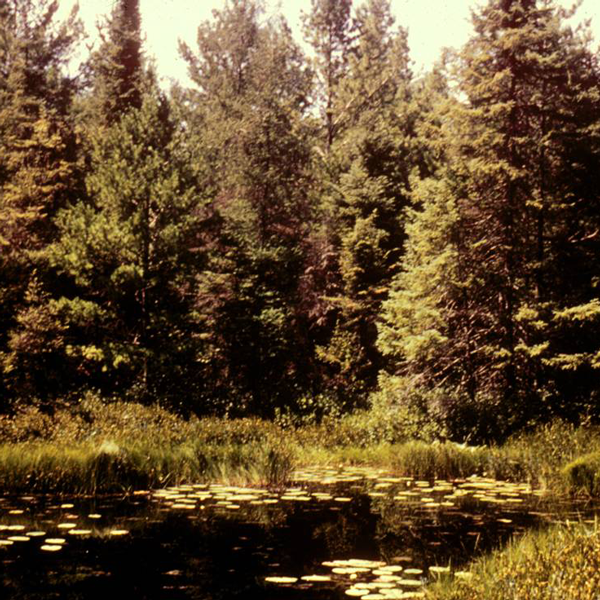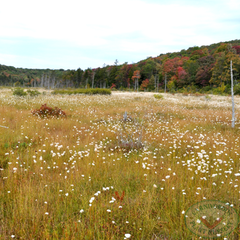
Carnivorous Plant Habitats
Carnivorous Plant Habitats

To most folks a freshwater bog or swamp seems to be very rich in nutrients, especially since mosses, ferns and orchids seem to thrive there. The rich black color of the soil suggests fertile conditions, but chemical analysis proves otherwise. The tea-colored waters are acidic and rich in tannic acid from abundant decomposing Sphagnum moss. This acidic condition, along with frequent water flow, quickly removes minerals from the soil. In warm weather, any remaining minerals are quickly consumed by bacterial decay. In cool weather, this process is slowed down and the mineral nutrients remain in the dead plants and animals. Actually, close examination of the black soil generally shows that it is simply a mix of carbon and sand. The net result is nutrient-poor soil.
In glaciated areas, bogs are generally a surface depression created by the melting of remnant glacial ice packs. They are usually filled from surface rain runoff. Some are spring-fed. Those that are kept filled by subsurface ground water are technically called fens. In mountain areas, bogs usually result from the filling in of depressions or hollows created by the mountain building process itself. In coastal areas, low-lying swamps are often flushed of their nutrients by abundant water flow, creating a nutrient-poor, carnivorous plant habitat known as a pocosin.

The Carnivorous Plant habitat generally has three major components: abundant sunlight, abundant clean water and poor soil. Sphagnum Moss is an excellent indicator plant for suitable habitats. Warmth and high humidity is the general rule and, as a consequence, habitats such as the savannahs of the American Southeast are rich in Carnivorous Plants, especially the coastal Carolinas. As a matter of fact, the Wilmington, NC area may have some of the poorest soil in the world and is the only native home of the Venus Flytraps. Over 450 species of Carnivorous Plants can be found world-wide, from the Arctic to the Tropics. Antarctica is the only continent that does not have Carnivorous Plants.
